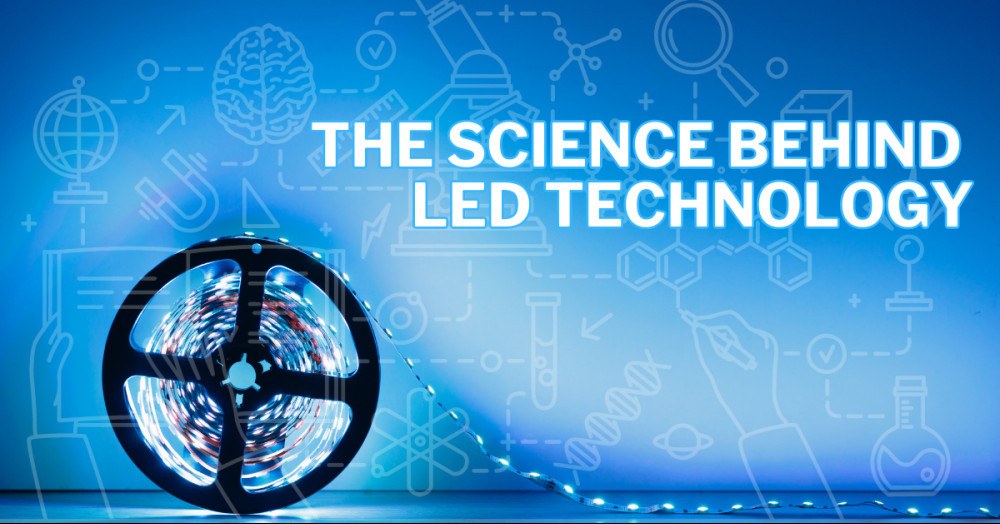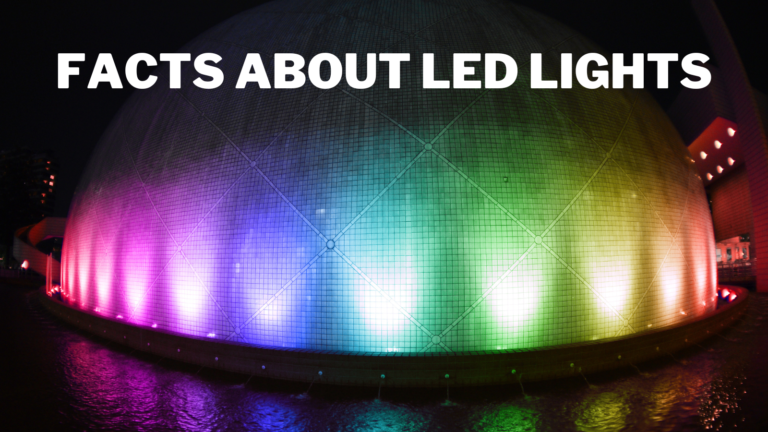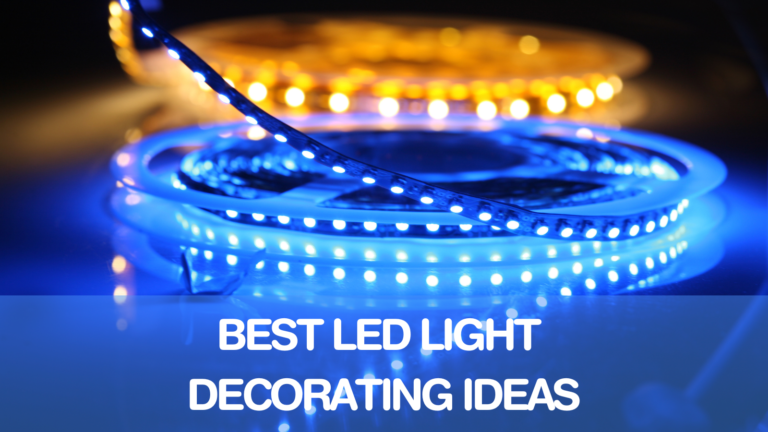The Science Behind LED Technology
The Science Behind LED Technology
The science behind LED technology illuminates our path towards a more energy-efficient and sustainable future.
LED lights have become ubiquitous in our homes and public spaces, offering energy-efficient and long-lasting illumination.
Behind the magic of LED lights lies a fascinating science that has revolutionized how we light up our world.
This article delves into the captivating science behind LED technology, exploring the principles governing its functioning and the factors contributing to its remarkable efficiency and durability.
Understanding the science of LEDs will deepen our appreciation for this cutting-edge technology and shed light on its potential for a brighter and more sustainable future.
Let's embark on a journey of discovery, uncovering the science that powers the illumination of the modern age with LED technology.
Benefits Of LED Technology
LED technology has revolutionized the lighting industry with its numerous benefits and advancements.
LEDs offer various advantages, from energy efficiency to long lifespan and design flexibility, making them the preferred choice for lighting solutions in various applications.
Here are the benefits of using LED technology:
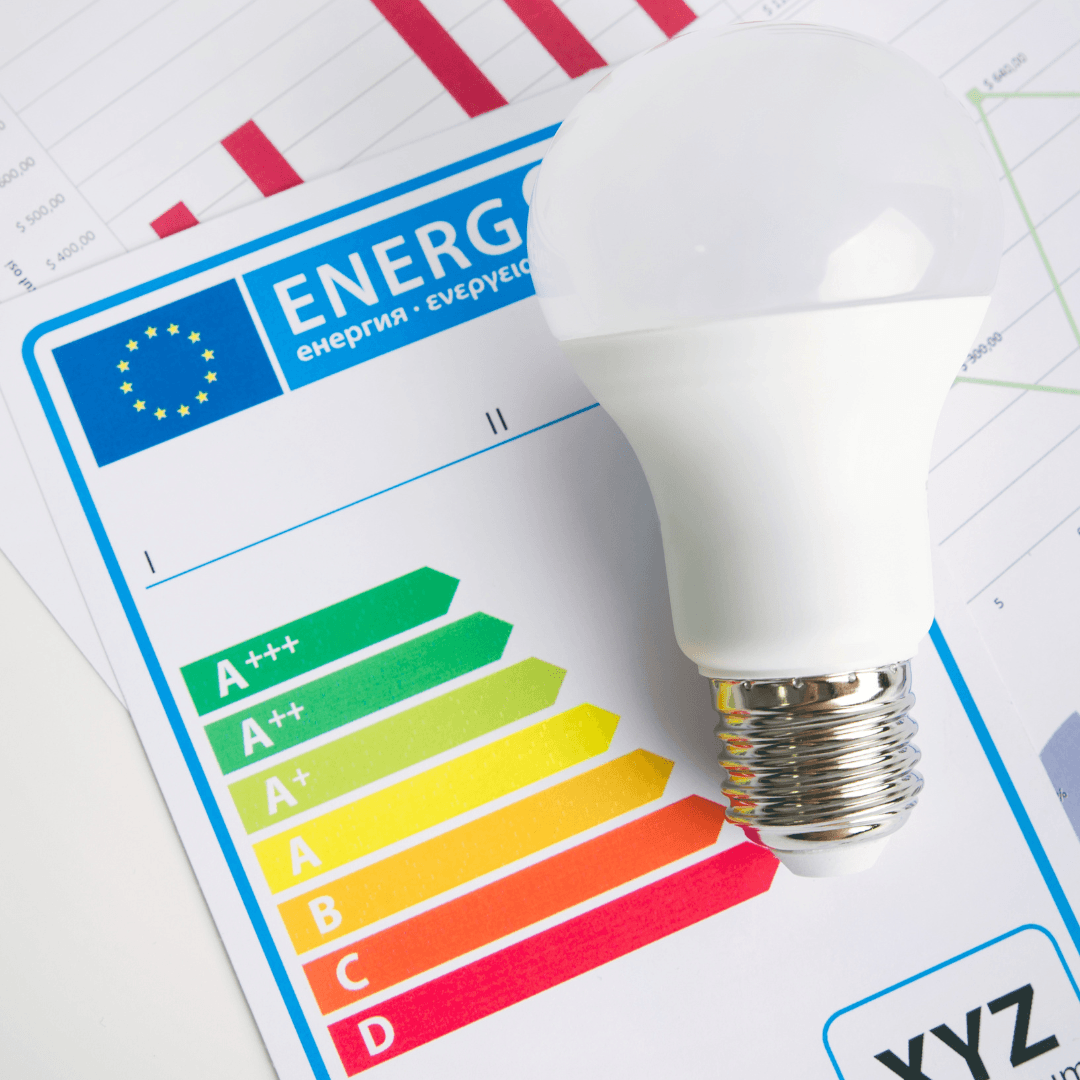
1. Energy Efficiency
One of the most significant benefits of LED technology is its high energy efficiency. LEDs consume far less electrical energy than traditional lighting options, such as incandescent and fluorescent bulbs.
This efficiency translates to reduced electricity bills and lower demand on power plants, contributing to energy conservation and cost savings.
2. Long Lifespan
LEDs have an exceptionally long lifespan, often up to 25 times longer than traditional bulbs. This longevity means fewer replacements are needed, reducing waste and the environmental impact of manufacturing and disposing of lighting products.
3. Environmental Friendliness
LED technology is eco-friendly due to its reduced energy consumption and longer lifespan. LEDs also do not contain harmful substances like mercury, commonly found in fluorescent bulbs, making them safer for the environment and easier to dispose of properly.
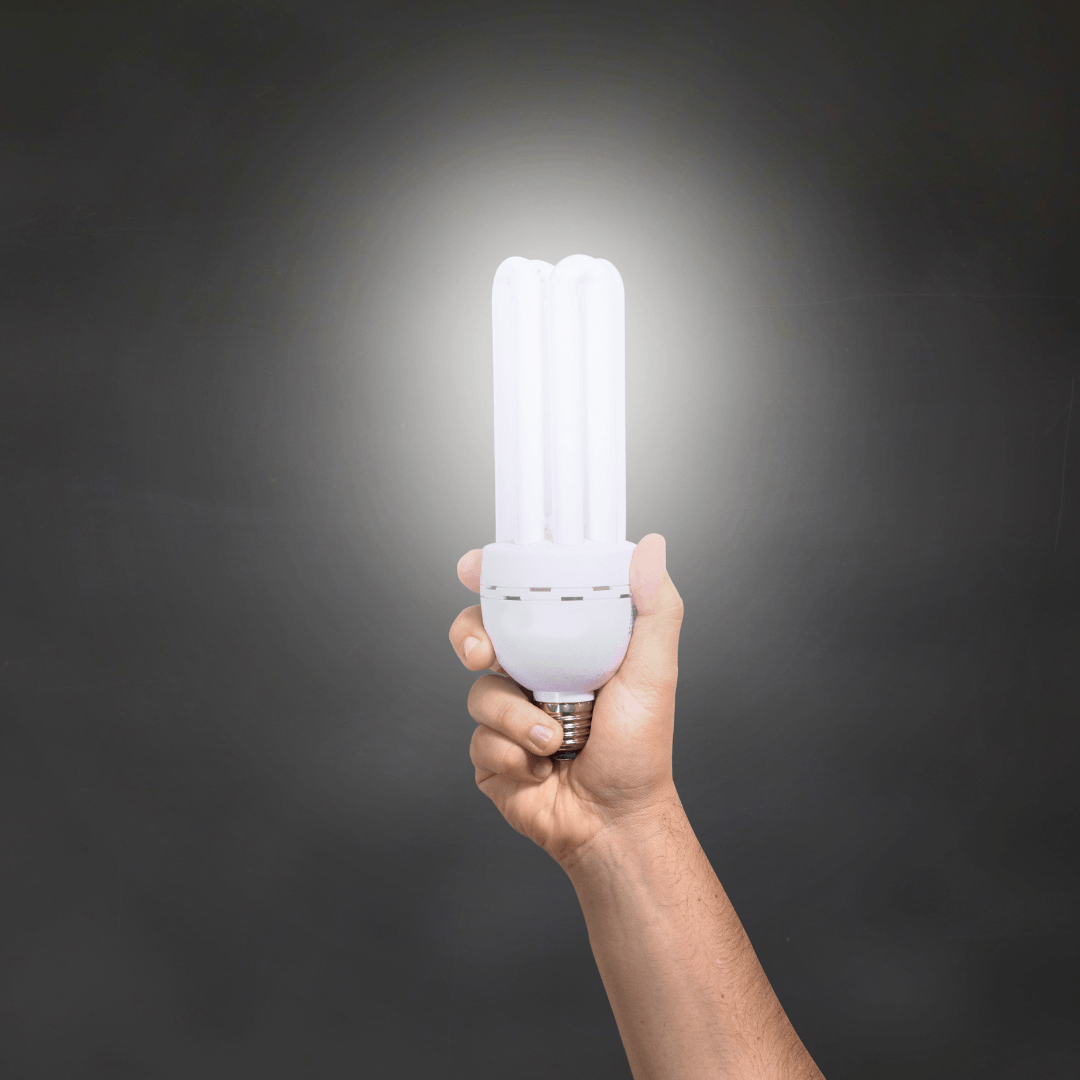
4. Durability
LED bulbs are more durable and resistant to shock, vibrations, and external impacts than traditional bulbs.
This durability makes LEDs suitable for various applications, including outdoor and rugged environments.
5. Instant On/Off
Unlike traditional lighting options, LEDs provide instant illumination without any warm-up time. This feature is particularly useful in areas where immediate lighting is required.
6. Directional Lighting
LEDs emit light directionally, focusing the illumination where it is needed. This characteristic reduces light pollution, minimizing the wasted light that disperses into the night sky and negatively impacts the environment and wildlife.
7. Design Flexibility
LED technology allows for creative and innovative lighting designs, enabling architects and designers to incorporate sustainable and aesthetically pleasing lighting solutions that enhance the overall design of spaces.
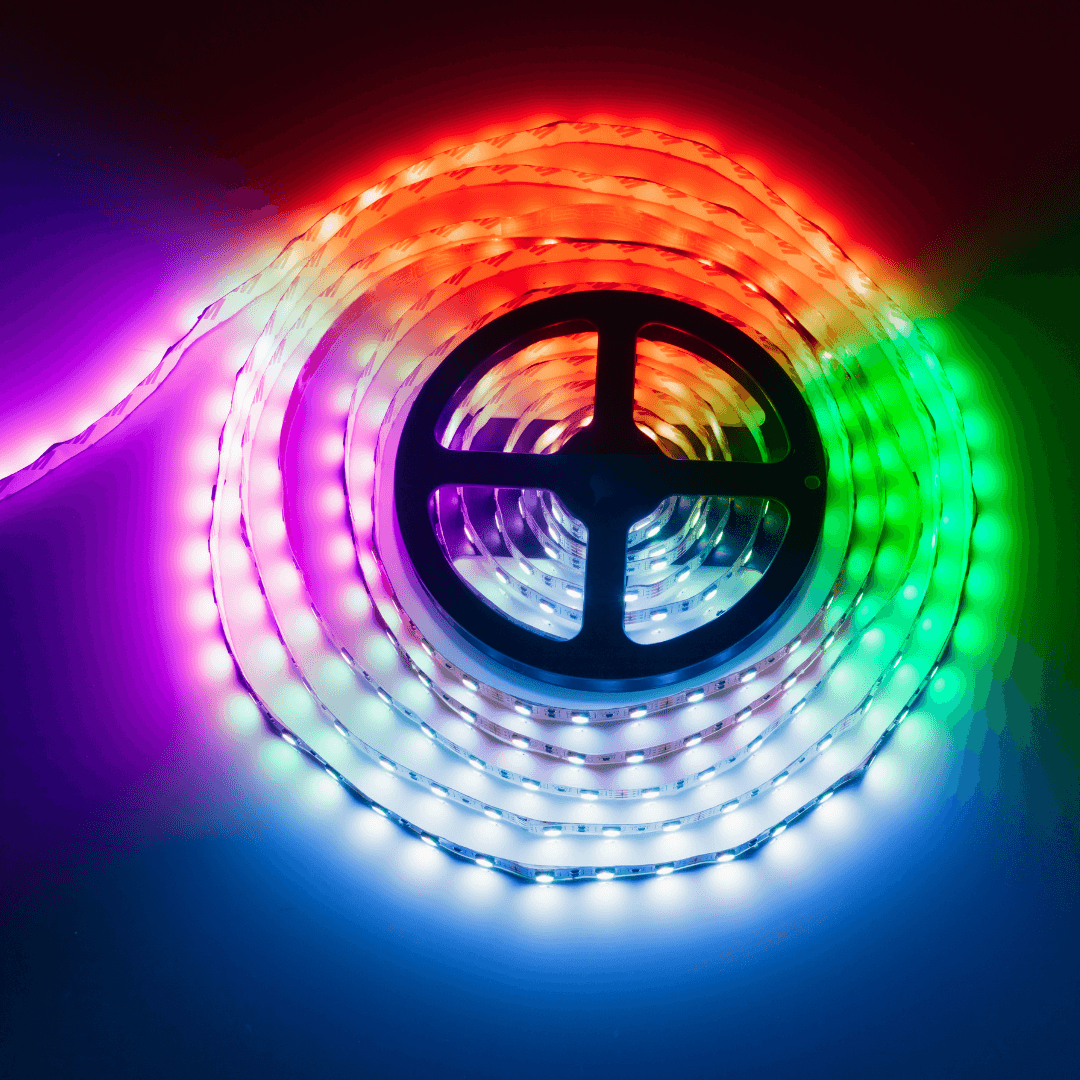
8. Colour Options
LEDs come in various colours, including white light with different colour temperatures. This colour flexibility allows dynamic and adaptable lighting designs to suit various moods and settings.
9. Low Heat Emission
LEDs generate less heat than traditional lighting options, such as incandescent bulbs.
This characteristic reduces the cooling load on buildings, particularly during hot weather, resulting in lower energy consumption by air conditioning systems.
10. Instant Dimming and Control
LEDs can be dimmed and controlled precisely, offering dynamic lighting options for different applications, including mood lighting, task lighting, and energy-saving strategies.
LEDs are now the preferred option for various applications, including automotive, outdoor, industrial, and residential lighting, thanks to the many advantages of LED technology, which has transformed the lighting sector.
The use of this effective and adaptable lighting solution will increase as LED technology continues to advance and improve, as will its favourable effects on energy efficiency and environmental sustainability.
The Science Behind LED Technology
In today's world, LED technology has become an integral part of our daily lives, revolutionizing how we illuminate our surroundings and consume energy.
Light-emitting diodes, or LEDs, have evolved from humble beginnings to become the preferred choice for lighting solutions across various applications.
Behind the remarkable glow of LEDs lies a fascinating realm of science, where the principles of physics, materials science, and electronics converge to create this groundbreaking technology.
Understanding the science behind LED technology unveils the secrets behind its exceptional efficiency, longevity, and versatility. So, let’s get started:

1. How LEDs Work
At the heart of LED technology lies the fascinating principle of electroluminescence, which allows LEDs to emit light when an electric current passes through them.
LEDs use semiconductor materials, typically gallium, arsenic, and phosphorus. These materials have unique properties that enable them to emit photons, the fundamental units of light.
When a voltage is applied across the semiconductor material, electrons are injected into the material, occupying higher energy levels within the atomic structure.
As these electrons return to their lower energy states, they release energy as photons. The energy gap between the conduction and valence bands of the semiconductor material determines the colour of the emitted light.
By precisely controlling the composition of the semiconductor materials, manufacturers can produce LEDs that emit light in various colours, from vibrant reds and blues to soothing greens and warm whites.
Furthermore, the efficiency of LEDs can be attributed to their ability to convert electrical energy into light with minimal heat loss.
Unlike traditional incandescent bulbs, which generate significant heat while producing light, LEDs emit very little heat, making them remarkably energy-efficient.
This efficiency also contributes to their longevity, as less heat means less component wear and tear.
As a result, LEDs can last up to 25 times longer than incandescent bulbs, reducing the need for frequent replacements and minimizing electronic waste.
2. The Role Of Semiconductors
Semiconductors are vital in LED technology, serving as the foundation for efficient and precise light emission.
Among LEDs' most widely used semiconductor materials are gallium nitride (GaN) and indium gallium nitride (InGaN).
GaN-based LEDs emit blue light, essential for creating white light in combination with phosphors.
InGaN is used to create LEDs that emit various colours, including green, red, and blue, which can be combined to produce a wide spectrum of hues.
The efficiency of these materials in converting electrical energy into light sets LEDs apart from other lighting technologies.
The bandgap of GaN and InGaN semiconductors determines the energy required to produce photons, and their unique electronic properties ensure that the emitted light is highly focused and coherent.
Additionally, incorporating indium into the GaN structure allows for tunable light emissions across different wavelengths, making colour-mixing possible for full-colour displays and vibrant lighting applications.
The continuous research and development in semiconductor materials have led to significant improvements in LED efficiency, enabling these tiny diodes to illuminate our homes, streets, and screens while consuming minimal energy and contributing to a more sustainable and environmentally friendly future.
3. Energy Efficiency
The exceptional energy efficiency of LEDs compared to traditional lighting sources can be attributed to several key factors.
Firstly, LEDs operate on electroluminescence, where electrons within the semiconductor material recombine with electron holes, releasing energy as photons (light).
This process is highly efficient, directly converting significant electrical energy into visible light while minimizing wasted heat production.
In contrast, traditional incandescent bulbs work based on resistive heating, where a filament is heated to such high temperatures that it emits visible light.
This method could be more efficient since much electrical energy is wasted as heat instead of light.
Similarly, fluorescent bulbs rely on the excitation of mercury vapour to produce ultraviolet light, which is then converted into visible light by phosphors.
This process also involves energy loss due to heat dissipation. Additionally, the design of LED technology allows for directional light emission, focusing the illumination where needed, reducing light loss and enhancing energy efficiency.
These factors combined make LEDs a highly energy-efficient lighting solution, consuming significantly less electricity and offering substantial energy savings over traditional lighting options, contributing to reduced energy consumption and environmental impact.
4. Colour Mixing and Tunability
The science behind LED technology enables precise control over colour mixing and tunability, making LEDs a versatile and dynamic lighting solution for a wide range of applications, from stage lighting to promoting healthy circadian rhythms in healthcare facilities.
LEDs can produce a broad spectrum of colours by combining multiple semiconductor materials with specific bandgap energies.
For instance, combining red, green, and blue LEDs allows for creating a wide range of colours through additive colour mixing.
This flexibility in colour production makes LEDs ideal for applications requiring precise and vibrant lighting, such as stage lighting, architectural lighting, and signage.
Moreover, tunable LEDs can adjust the colour temperature of the emitted light, making them versatile for various applications.
For example, warm white LEDs with lower colour temperatures (around 2700K) can create a cozy, relaxing ambiance suitable for residential and hospitality settings.
On the other hand, cool white LEDs with higher colour temperatures (around 5000K or more) can provide bright and invigorating illumination, perfect for commercial and industrial environments.
Furthermore, the tunability of LEDs allows for circadian rhythm support by mimicking natural daylight variations.
LEDs can influence our biological clock by dynamically adjusting the colour temperature throughout the day, promoting better sleep patterns and overall well-being.
This has significant implications for indoor lighting in offices and healthcare facilities, where promoting a healthy circadian rhythm can enhance productivity and patient outcomes.
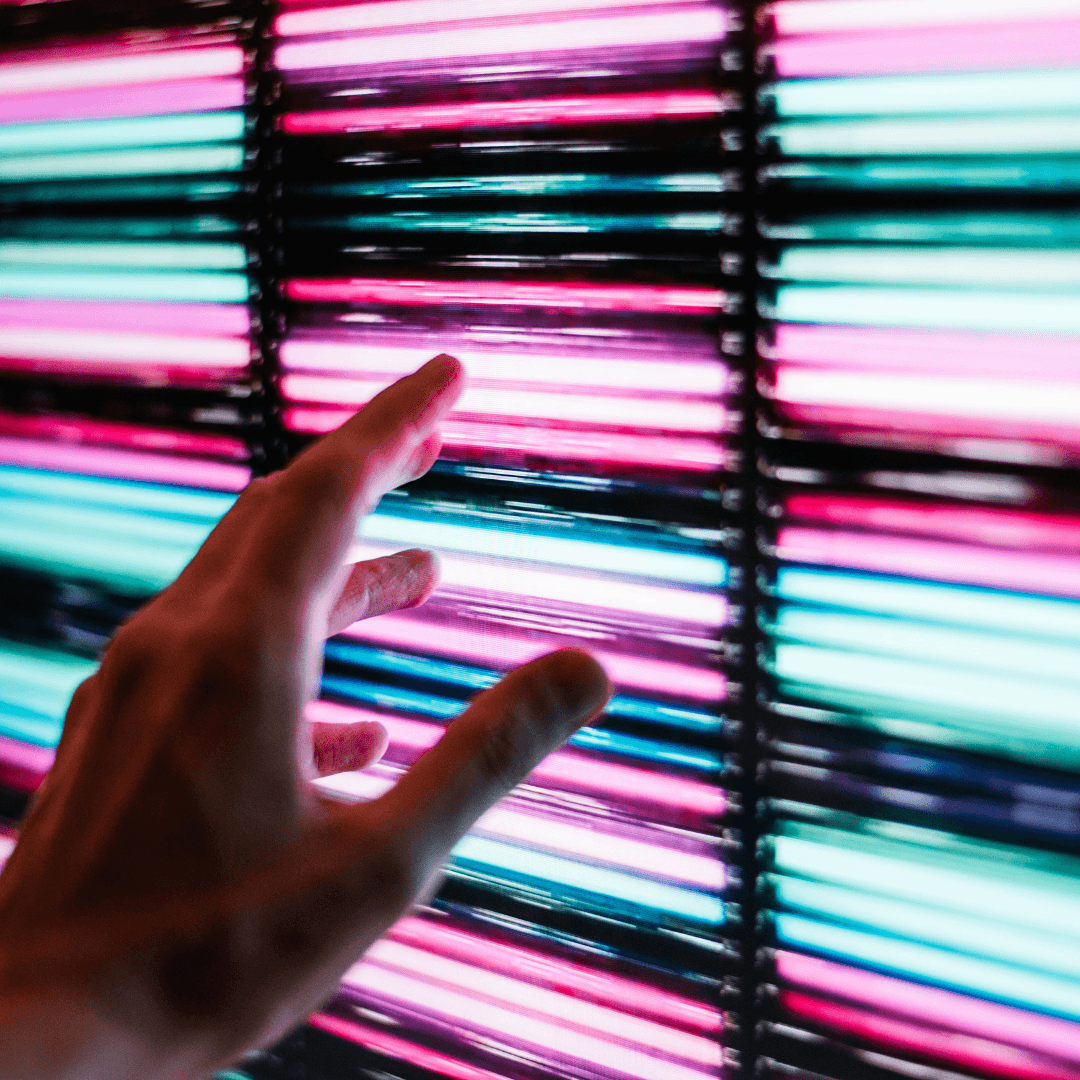
5. Design Flexibility
The design flexibility afforded by LED technology is a direct result of the intricate science behind LEDs, which has enabled their compact form, durability, and energy-efficient performance across various applications.
The design of LED technology has revolutionized the lighting industry, offering various possibilities in various applications.
LEDs come in compact and lightweight form, making them suitable for use in space-constrained environments where traditional light sources may not fit.
This characteristic has opened up new design opportunities for architects and lighting designers, enabling them to create innovative and aesthetically pleasing lighting solutions.
In indoor lighting, LEDs can be integrated into fixtures with sleek and modern designs, offering customizable lighting effects and enhancing the overall ambiance of the space.
Their small size allows for discrete placement, giving architects more freedom in designing architectural features with integrated lighting elements.
Additionally, LEDs can be dimmed easily, providing precise control over brightness levels and allowing users to tailor the lighting to their preferences.
Outdoors and LEDs have been widely adopted for street, landscape, and architectural illumination due to their efficiency, durability, and ability to withstand harsh environmental conditions.
They offer excellent directional lighting, minimizing light pollution and optimizing illumination where needed.
LED streetlights, for example, contribute to energy savings, improved safety, and reduced city maintenance costs.
LEDs have also significantly improved automotive lighting, providing brighter headlights, tail, and interior lighting.
Their compact size allows automotive designers to incorporate them seamlessly into the vehicle's aesthetics.
Furthermore, LEDs are highly energy-efficient, contributing to fuel economy and reducing the environmental impact of transportation.
6. Heat Dissipation
Heat dissipation is a critical aspect of LED technology that significantly impacts the efficiency and performance of LEDs.
When an LED operates, it converts electrical energy into light energy through electroluminescence.
However, some electrical energy is also converted into heat energy due to the resistance within the LED's semiconductor materials.
If not effectively managed, excessive heat can lead to reduced performance, shortened lifespan, and even permanent damage to the LED.
LEDs are designed with heat sinks, which are usually made of metal, to absorb and dissipate heat away from the LED junction to mitigate heat-related issues.
The heat sink acts as a thermal conductor, allowing the heat generated at the semiconductor junction to transfer to a larger surface where it can dissipate into the surrounding environment.
Additionally, LED manufacturers use materials with high thermal conductivity to enhance heat dissipation efficiency.
Efficient heat dissipation maintains the LED's lumen output, colour consistency, and overall reliability.
LEDs operating at elevated temperatures may decrease light output, reducing brightness and compromising performance.
Moreover, high temperatures can accelerate the degradation of LED materials, shortening the LED's operational life.
Proper thermal management is particularly important in high-power LED applications, such as LED lighting fixtures, where LEDs are subjected to prolonged operation at elevated temperatures.
7. Quantum Dots
Quantum dots are transformative in LED technology, producing more vibrant and accurate colours. Quantum dots are nanoscale semiconductor crystals with unique optical properties.
When excited by photons or an electrical current, quantum dots emit light in specific colours determined by size.
LED manufacturers can precisely control the emitted wavelength by carefully engineering the size of quantum dots, enabling a broader colour spectrum than traditional phosphors.
In conventional LED technology, white light is often achieved using a blue LED coated with phosphors to convert some blue light into other colours to create a more balanced spectrum.
However, this method can result in limited colour accuracy and reduced efficiency due to spectral gaps. On the other hand, Quantum dots offer a more efficient solution for producing white light.
Combining blue LEDs with quantum dots emitting in the spectrum's green and red regions allows a broader and more continuous colour gamut, leading to more accurate and vibrant colours.
Implementing quantum dots in LED technology has significant implications for various applications.
In display technologies like LED TVs and monitors, quantum dots can enhance colour accuracy and bring out the full potential of high-definition content.
In architectural lighting, quantum dots allow for tunable white light, enabling users to adjust colour temperature and intensity for different environments and tasks.
8. LED Driving And Control
LED driving and control are essential aspects of LED technology, enabling efficient and adjustable operation of light-emitting diodes.
LEDs require a regulated current to function properly, as they are sensitive to changes in current and voltage.
LED drivers are electronic devices that provide a constant current or voltage to LEDs, ensuring stable and consistent light output.
Regular current drivers are commonly used in LED lighting applications as they offer precise current control, preventing LED damage due to excessive current.
On the other hand, constant voltage drivers are employed in LED displays and certain lighting setups where multiple LEDs are connected in series or parallel.
Dimming techniques are integral to controlling LED brightness and optimizing energy consumption.
Traditional dimmers designed for incandescent bulbs are unsuitable for LEDs, as they alter the voltage supplied, which can cause flickering and affect the LED's lifespan.
Instead, modern dimming methods include Pulse Width Modulation (PWM) and Analog Dimming.
PWM involves rapidly turning the LED on and off at varying intervals, and the average on-time determines the brightness level.
Analog dimming, on the other hand, varies the current supplied to the LED, smoothly adjusting the brightness.
LED driving and control play a significant role in enhancing LED performance and versatility.
With proper drivers and dimming techniques, LEDs can be precisely regulated to meet specific lighting requirements, whether adjusting brightness levels for different environments, integrating LEDs into smart lighting systems, or achieving energy-efficient illumination.
These control mechanisms optimize LED functionality and contribute to LED technology's overall sustainability and adaptability in diverse applications.
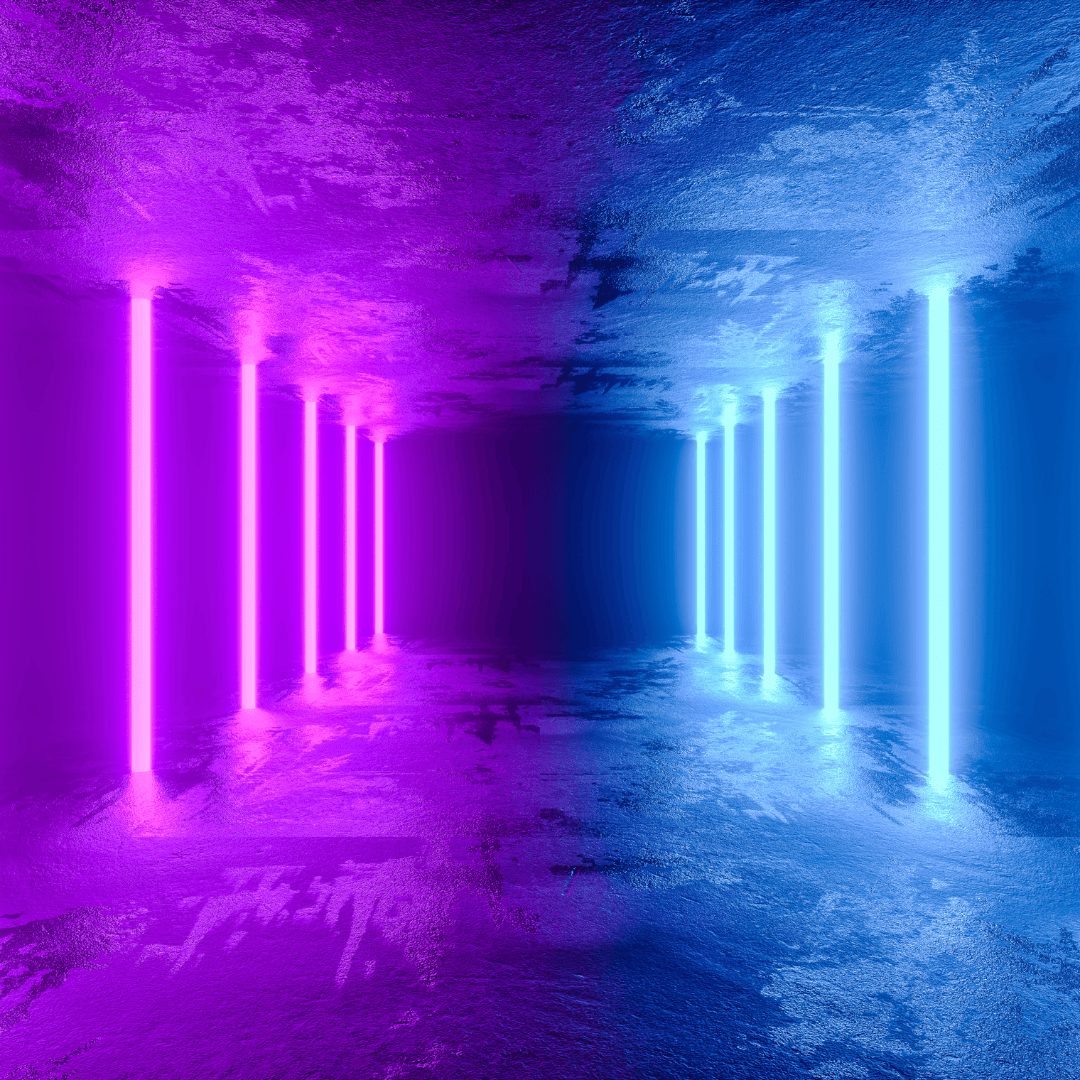
9. Blue Light Hazard
Blue light hazard is a concern in LED technology due to its potential risks to human health. Blue light, especially in the short wavelength range, is known to have a higher energy level and can affect the eye's retina.
Prolonged exposure to blue light, especially during nighttime, has been linked to disruptions in circadian rhythms and sleep patterns.
LED manufacturers have developed technologies to minimize blue light emission and its potentially harmful effects to address this issue.
One approach is to use blue light filters or coatings on LED devices, which selectively reduce the emission of short-wavelength blue light.
Additionally, introducing phosphor coatings on white LED chips can help shift the blue light emission towards longer wavelengths, creating a warmer colour temperature and reducing the proportion of blue light.
Research and advancements in LED technology continue to focus on developing safer and more human-friendly lighting solutions, ensuring that the benefits of LEDs can be maximized while minimizing any potential health risks associated with blue light exposure.
Conclusion
In conclusion, the science behind LED technology has revolutionized how we illuminate our world.
Through the principles of electroluminescence and the use of semiconductor materials like gallium nitride and indium gallium nitride, LEDs can efficiently emit light, making them highly energy-efficient and environmentally friendly.
They offer countless design options, from mood lighting to assisting circadian rhythms, thanks to their ability to create a wide spectrum of customizable colours.
LEDs' compact form factor and design flexibility enable their application in various fields, from indoor and outdoor lighting to automotive lighting and displays.
LED technology continues to push the boundaries of innovation, offering us a brighter and more sustainable future with its remarkable efficiency, versatility, and exciting possibilities.
I trust you enjoyed this article on The Science Behind LED Technology. Please stay tuned for more blog posts shortly. Take care!
JeannetteZ
Your Opinion Is Important To Me
Thoughts? Ideas? Questions? I would love to hear from you. Please leave your questions, experiences, and remarks about The Science Behind LED Technology in the comments below. You can also reach me by email at Jeannette@Close-To-Nature.org.
Disclosure
This post may contain affiliate links. As an Amazon Associate and other affiliate programs, I earn from qualifying purchases at no extra cost to you. Please read my full affiliate disclosure.
You might also enjoy these blog posts:
LED Lighting For Sustainable Architecture
Common Cat Illnesses And Their Treatments
The Most Beautiful Horse Breeds
A Glimpse Into The World Of African Elephant Habitats
Best Natural Healing Therapies For Migraines
Best Tips For Keeping Horses Cool In Summer
I did the keyword research for this blog
post in Jaaxy. Click on the banner
below and try it yourself for free.

